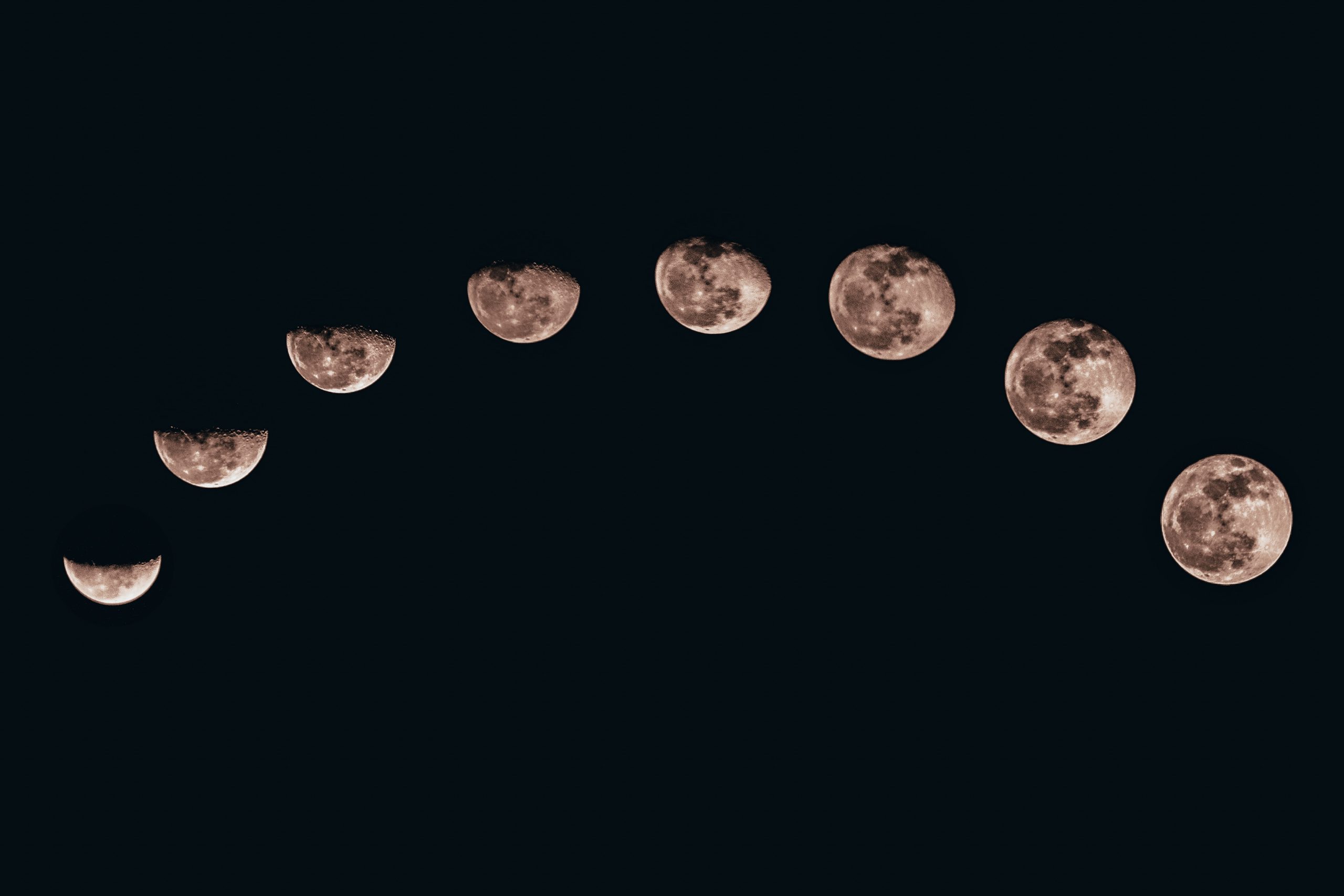The Fascinating World of Remote Viewing: Exploring the Art of Clairvoyance
Clairvoyance, the ability to gain information about an object, person, or location through extrasensory perception, has intrigued and captivated individuals throughout history. While many people may be familiar with popular clairvoyant practices like tarot reading or mediumship, there’s a vast world of lesser-known techniques within the realm of clairvoyance.
In this article, we will delve into the fascinating world of remote viewing, a specific form of clairvoyance that involves gaining visual impressions of distant or unknown targets. We’ll explore the origins, methods, and potential applications of remote viewing, shedding light on this intriguing practice.
Origins and History
Remote viewing, as we know it today, gained prominence during the 1970s and 1980s through the efforts of various governmental and scientific institutions. The United States government, in particular, invested significant resources into exploring the potential applications of remote viewing for intelligence purposes.
The Stanford Research Institute (SRI) played a pivotal role in researching and developing remote viewing techniques. Pioneers such as Ingo Swann and Harold Puthoff conducted groundbreaking studies, which attracted the attention of the Central Intelligence Agency (CIA) and the Defense Intelligence Agency (DIA).
The CIA initiated a top-secret program known as the Stargate Project, which aimed to investigate the viability of remote viewing as a means of gathering intelligence. Over the years, numerous experiments were conducted involving renowned remote viewers such as Joseph McMoneagle and Pat Price.
The Methodology of Remote Viewing
Remote viewing involves reaching altered states of consciousness to perceive information about a specific target that may be distant in time or space. The process typically involves several stages:
- Establishing a clear intention: The remote viewer must focus their intention on perceiving information about the target.
- Relaxation and meditation: Entry into a calm and receptive state is crucial to enable the remote viewer to tune into the target.
- Receiving impressions: The remote viewer begins to receive visual, auditory, or kinesthetic impressions related to the target. These impressions may manifest as mental images, emotions, or bodily sensations.
- Sketching and describing: The remote viewer captures their impressions by sketching, writing, or verbally describing what they perceive.
- Analysis and interpretation: The collected information is analyzed, interpreted, and often compared with feedback provided after the remote viewing session.
A key aspect of remote viewing is the strict adherence to a blind or double-blind protocol, where the remote viewer is unaware of any details about the target. This practice helps mitigate biases and ensures the accuracy of the information obtained.
Applications and Controversies
The potential applications of remote viewing are vast and varied. Although the CIA’s Stargate Project ultimately concluded without definitive evidence of the technique’s effectiveness, numerous anecdotes and success stories speak in favor of its validity.
Remote viewing has been utilized in fields such as archaeology, exploration of anomalous phenomena, criminal investigations, and personal development. Some claim that remote viewing can assist in accessing information beyond the limitations of time and space, making it a valuable tool for exploring historical events or locating missing persons.
Despite the intriguing possibilities, remote viewing remains a subject of controversy within both the scientific and psychic community. Skeptics argue that the lack of stringent scientific evidence limits its credibility. Furthermore, remote viewing’s nature as a subjective experience makes it difficult to establish universally applicable protocols.
Notwithstanding the controversy surrounding remote viewing, several organizations and schools continue to advocate for its practice. The International Remote Viewing Association (IRVA) and the Farsight Institute are two prominent entities that promote the study and advancement of remote viewing techniques.
Conclusion
Remote viewing offers a captivating glimpse into the realm of clairvoyance, providing a unique means of perceiving and exploring information about distant or hidden targets. From its clandestine origins to its potential applications, the world of remote viewing continues to intrigue and inspire individuals curious about the reaches of human perception.
As researchers and practitioners push the boundaries of what we understand about clairvoyance, remote viewing serves as a reminder of the vast potential inherent in our minds. Whether one believes in its efficacy or approaches it with skepticism, remote viewing invites us to explore the limits of our perceptions and the mysteries that lie beyond.
Table of Contents
